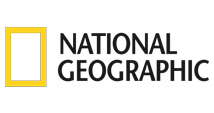Manatees, fires & football in the Caribbean
Project & Pod News / 03 December 2019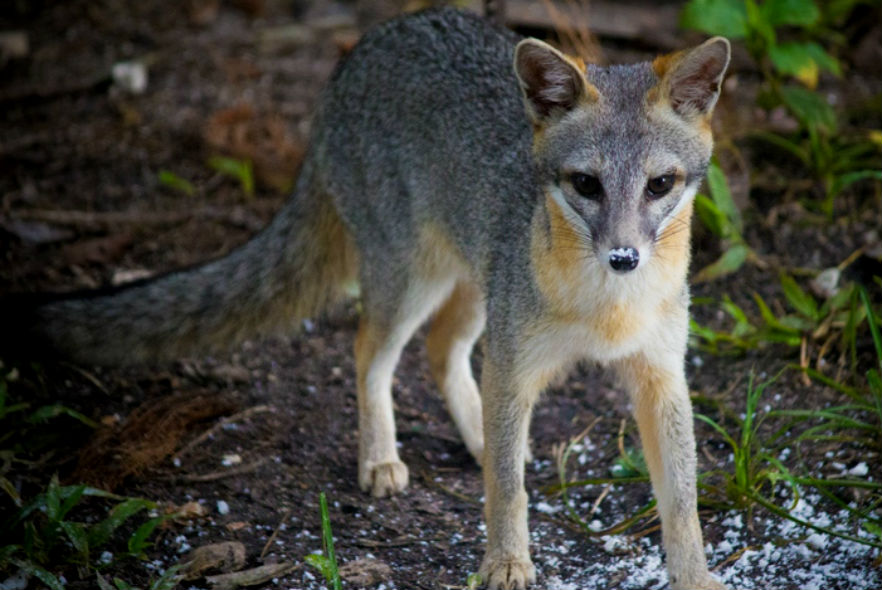
Our Caribbean Conservation project team get involved in a huge variety of outreach work, from reforesting river banks, monitoring jaguar populations to educating local fishermen. Our Pod volunteers head out with the forest rangers to help them with their vital ongoing work. It’s a unique opportunity to work directly to conserve the land and get your hands dirty planting trees and learn about the magnificent biodiversity hotspot of the Mayan Mountain Marine Corridor!
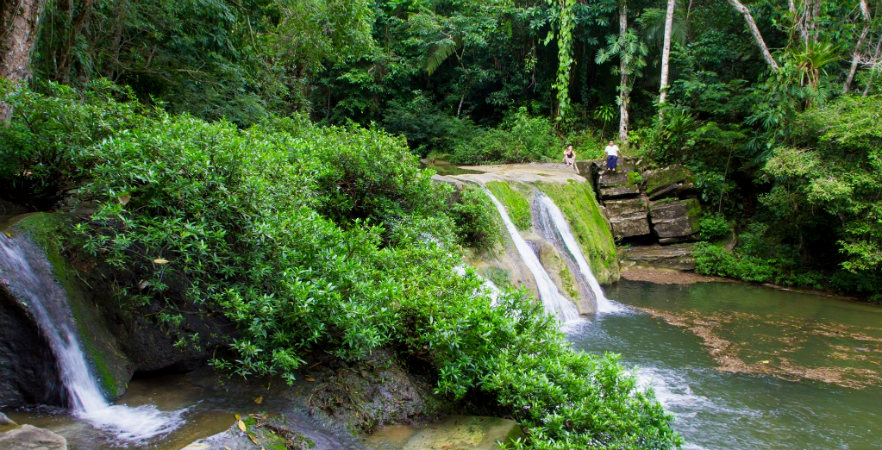
From the lush rainforests of the Maya Mountains to the coral reefs of the Snake Cayes, the Maya Mountain Marine Corridor encompasses 830,000 acres of some of the most pristine ecosystems in the entire Mesoamerican Biodiversity hotspot. There are 43 distinct ecosystems which provide habitats for 108 mammal species (including jaguars, monkeys and foxes), over 350 birds, over 100 reptiles and amphibians, and more than 50 species of global conservation concern - it truly is perfect location for any wildlife lover!
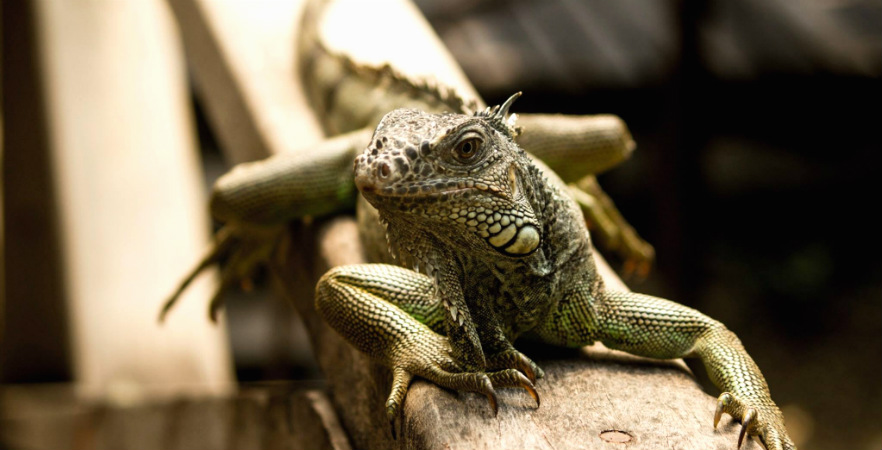
The charity in Belize was created in 1997 by a group of environmentalists who were determined to prevent the destruction of the area’s ecosystems. The local manatee population in particular was being devastated by intense hunting and fishing net use along Belize’s coast so the team successfully petitioned the government to establish a Marine Reserve. This brought 100,000 acres of marine habitation under legal protection including reef fish nursery grounds, sea turtles nesting beaches, critically endangered corals and of course, the manatees. It is brilliant to see such a fantastic impact as the team’s research on the manatee population and shows that the manatee population has started to recover.
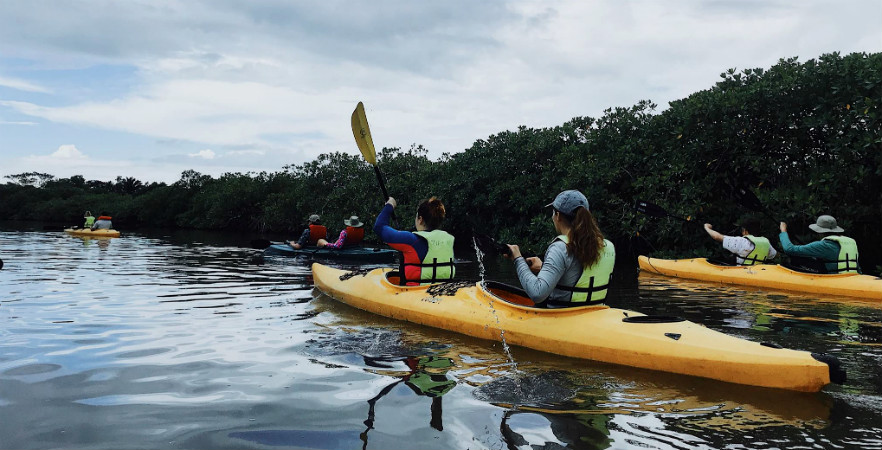
Their research findings guide government legislation and decision making to protect the land, flora and fauna. The team have installed 'no wake' zones in areas of high manatee presence in order to protect their favoured habitat. ‘No wake’ zones mean that all boat travel in the area has to drive slowly so as not to produce waves from their boat. They have found that the local manatee population is recovering with 10% of manatee sightings being calves, indicating a healthy reproductive and growing population. Their research has providing knowledge on where they breed, feed and their general behaviours.
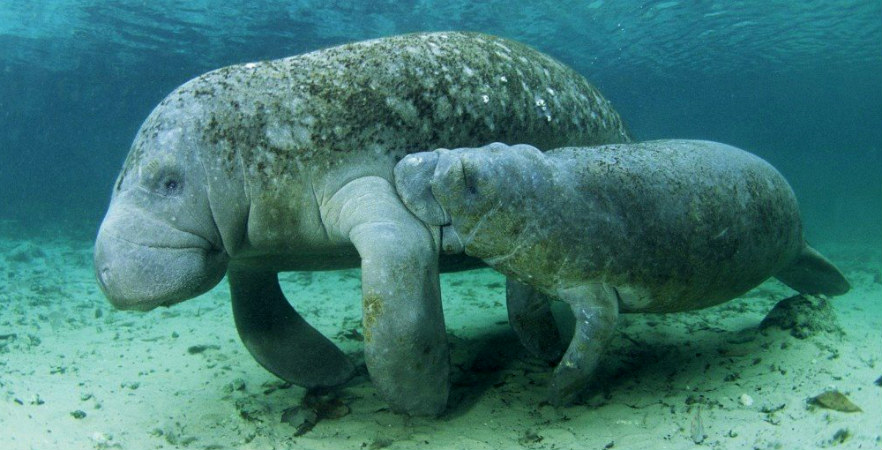
When the project first began to co-manage the Creek National Park, wildfire was the greatest threat to the savanna ecosystem so they developed a fire management programme. Their hard work annually burning specific fire buffer zones has stopped wildfires from uncontrollably spreading across the park has successfully led to over 14,000 acres of pine savanna being able to regenerate.
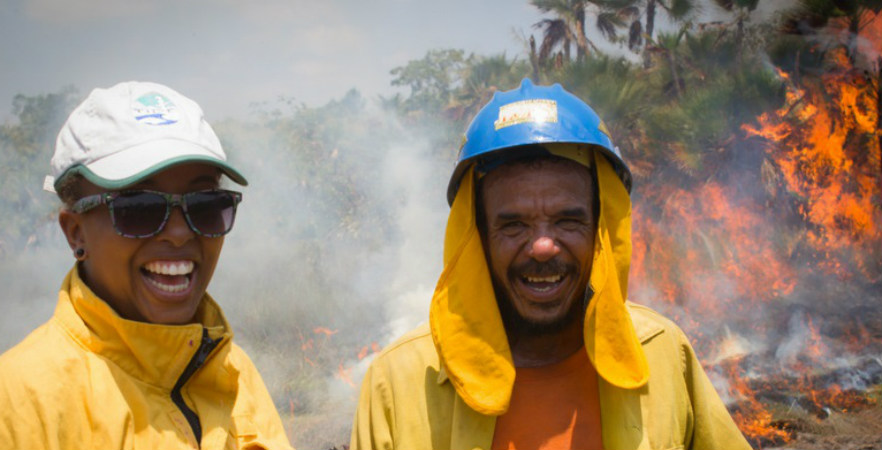
Working with the local community is key to the project’s success and the team have focused on ensuring community participation and environmental education. One example of community engagement is the ‘Freshwater Cup’ football tournament, organised for local schools, where teams are required to complete an environmental protection project in order to participate.
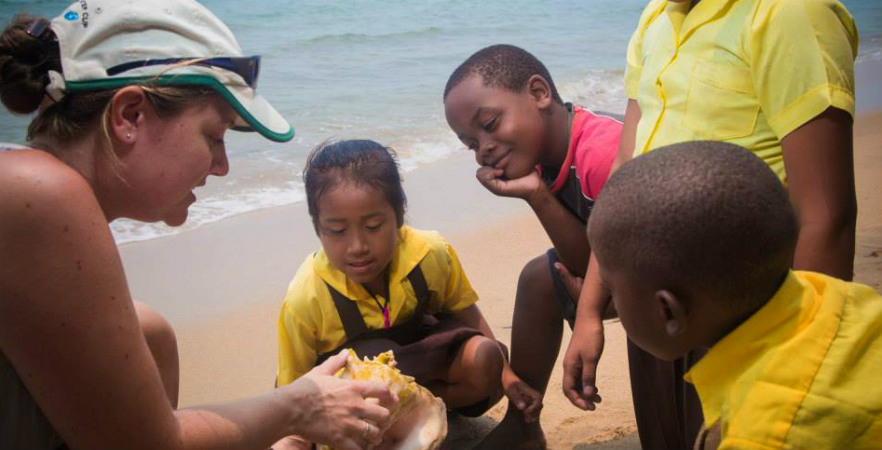
The project gives the local community the knowledge, awareness and incentives to be environmental stewards. Teaching best practices in use of agricultural fire, promoting sustainable fishing, providing high school scholarships, retaining fishermen as tour guides, nurturing green businesses and training young people as community researchers are just some of the ways that the project is promoting the transition to a sustainable green economy in the economically derived area.
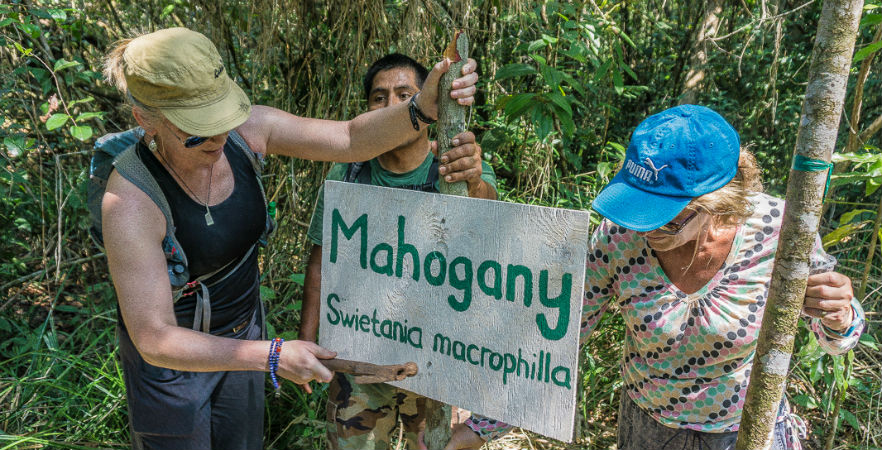
How can you help?
Volunteers enable the project to sustain and expand its vital work by having more people out in the field. Volunteers carry out important field research, education and conservation tasks that are making a significant contribution to the project’s mission: protecting wildlife and its habitats, raising awareness and empowering local communities. This means all our volunteer activities make a real contribution to the management of these spectacular areas and benefit the people who live closest to them.
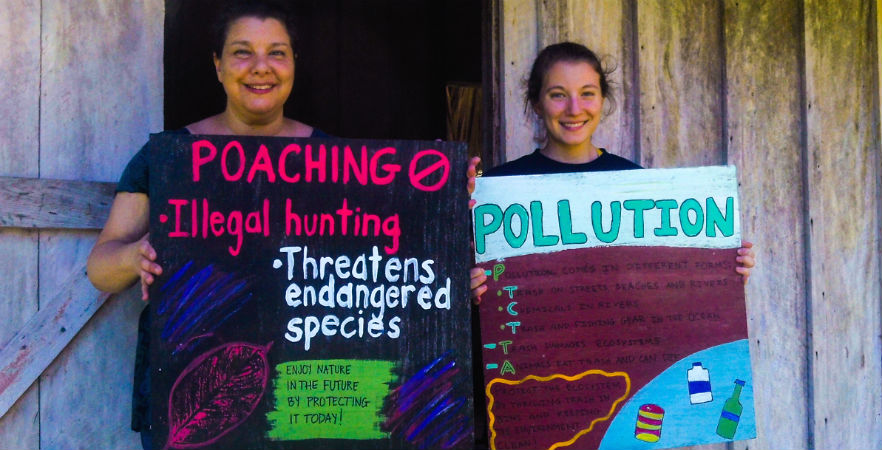
The research and monitoring carried out by volunteers contributes directly to the ongoing, programmed activities at the project. Volunteers work alongside scientists, rangers, and field staff to gather and analyse data, assist in the protection of vulnerable and endangered species, and to achieve sustainable conservation results in protected areas of the Maya Mountain Marine Corridor. The work of volunteers makes an invaluable contribution to fulfilling this mission!
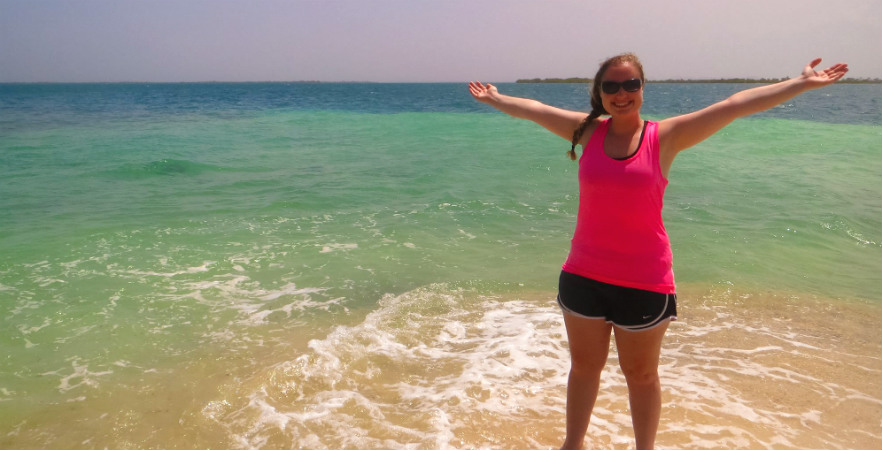
If you would like to join the Caribbean Conservation team in Belize you can find out more on our website here: www.podvolunteer.org/projects/conservation-belize






